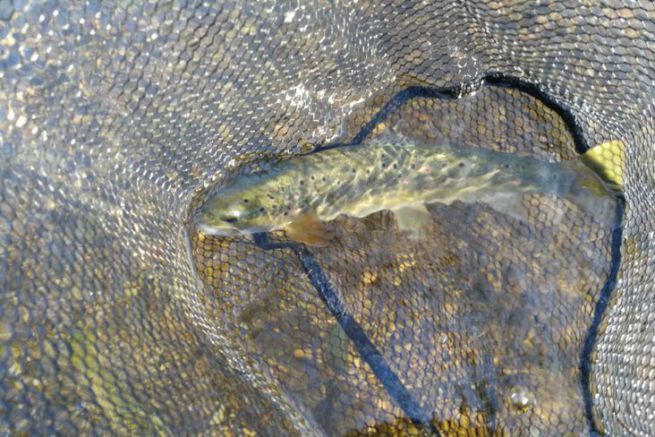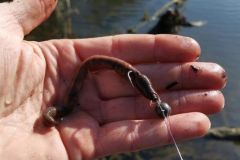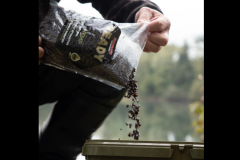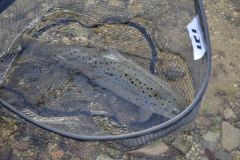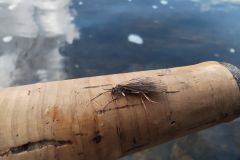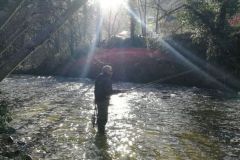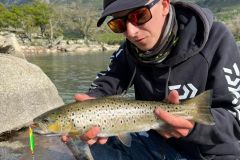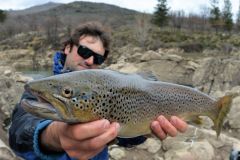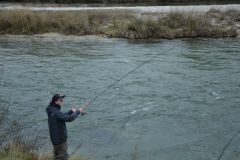Respect for fish and our aquatic ecosystems is now well established in the minds of most of us. It is now up to us to apply simple gestures to minimize the disturbance of fish.
Some tips on how to handle a fish

The main idea is to keep the captured fish in the water as much as possible. Every second spent out of the water decreases its ability to leave in good condition. The use of a landing net is highly recommended. The net can be used to unhook the fish without taking it out of the water, but also to shorten the time of the fight by not trying to bring it back to the shore. The rubber models, without knots, cause a minimum of injuries and are very common.
Remember to moisten your hands before touching the fish. This avoids removing too much of the mucus that covers its scales and protects it from bacteria and other parasites. In this sense, the use of a cloth is to be avoided at most.
The fisherman must also allow time for his catch to re-oxygenate, without imposing a back and forth movement: keep the fish in the water, it will leave on its own when it has sufficiently recovered from its efforts.
Fishing techniques to be adapted
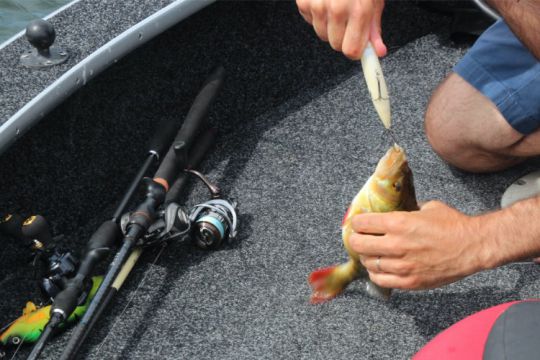
The way you fish can affect the release of your catch. The use of single hooks without barbs (or with the barbs crushed) facilitates the unhooking of the catch, without significantly increasing the rate of loss during the fights.
It is also possible to rethink the armament of its lures. For example, remove the 2 small treble hooks from your swimbaits and replace them with a single hook in the tail of the lure. When catching small unmeshed specimens, this avoids that several points are pricked and that the fish does not undergo too important injuries.
We will also take care to adapt the diameter of its leaders: it is necessary not to be able to make last unnecessarily a fight, so that the catch is not too tired during the return in its element.
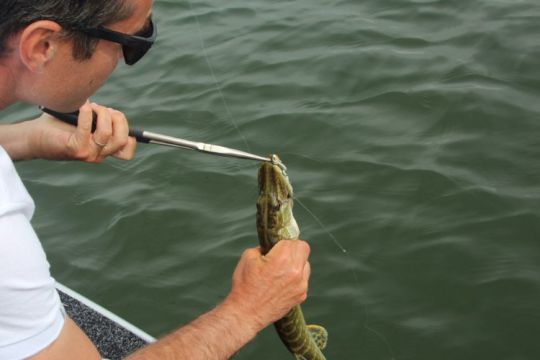
So many simple gestures to adopt at the water's edge. The modernization of fishing requires an evolution of our practices, which must also be shared with future generations.
